
下载亿题库APP
联系电话:400-660-1360

下载亿题库APP
联系电话:400-660-1360

请谨慎保管和记忆你的密码,以免泄露和丢失

请谨慎保管和记忆你的密码,以免泄露和丢失
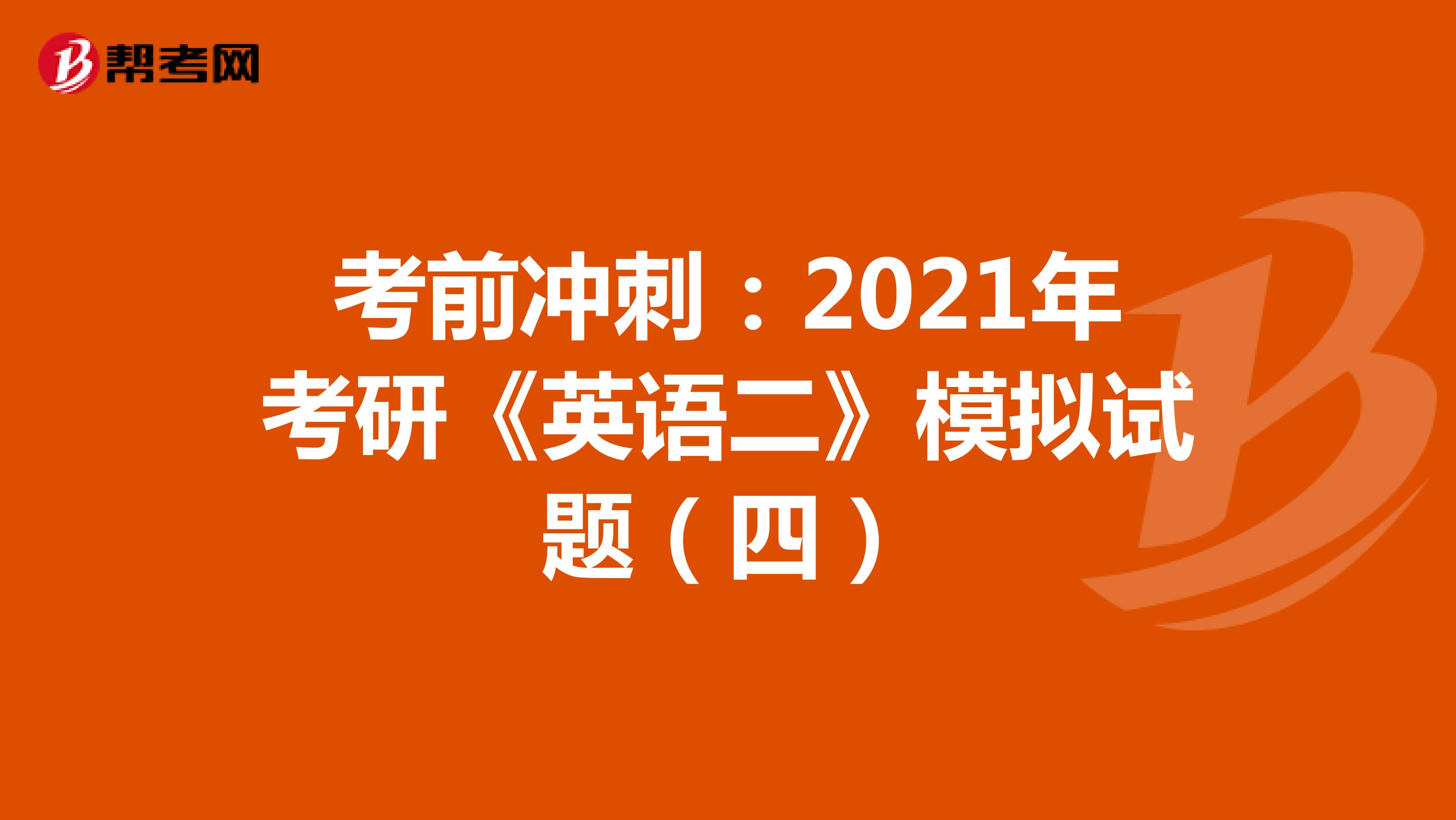
最近,有小伙伴在询问最后阶段,考研英语该如何备考才最有效。最后阶段,我们应该将备考的重点放在复习和了解考试上,多去练习历年真题和模拟试题。下面,帮考网为大家带来考研初试的一些模拟试题,一起来看看吧。
Text 3
If sustainable competitive advantage depends on work-force skills, American firms have a problem. Human-resource management is considered an individual responsibility. Labour is simply another factor of production to be hired—rented at the lowest possible cost—much as one buys raw materials or equipment.
The lack of importance attached to human-resource management can be seen in the corporate hierarchy. In an American firm the chief financial officer is almost always second in command. The post of head of human-resource management is usually a specialized job, off at the edge of the corporate hierarchy. The executive who holds it is never consulted on major strategic decisions and has no chance to move up to Chief Executive Officer(CEO). By way of contrast, in Japan the head of human-resources management is central—usually the second most important executive, after the CEO, in the firm\\'s hierarchy.
While American firms often talk about the vast amounts spent on training their work forces, in fact they invest less in the skills of their employees than do either Japanese of German firms. The money they do invest is also more highly concentrated on professional and managerial employees. And the limited investments that are made in training workers are also much more narrowly focused on the specific skills necessary to do the next job rather than on the basic background skills that make it possible to absorb new technologies.
As a result, problems emerge when new breakthrough technologies arrive. If American workers, for example, take much longer to learn how to operate new flexible manufacturing stations than workers in Germany(as they do), the effective cost of those stations is lower in Germany than it is in the United States. More time is required before equipment is up and running at capacity, and the need for extensive retraining generates costs and creates bottlenecks that limit the speed with which new equipment can be employed. The result is a slower pace of technological change. And in the end the skills of the population affect the wages of the top half. If the bottom half can\\'t effectively staff the processes that have to be operated, the management and professional jobs that go with these processes will disappear.
31.Which of the following applies to the management of human resources in American companies?
[A]They hire people at the lowest cost regardless of their skills.
[B]They see the gaining of skills as their employees\\' own business.
[C]They attach more importance to workers than equipment.
[D]They only hire skilled workers because of keen competition.
32.What is the position of the head of human-resource management in an American firm?
[A]He is one of the most important executives in the firms.
[B]His post is likely to disappear when new technologies are introduced.
[C]He is directly under the chief financial executive.
[D]He has no say in making important decisions in the firm.
33.The money most American firms put in training mainly goes to ______.
[A]workers who can operate new equipment
[B]technological and managerial staff
[C]workers who lack basic background skills
[D]top executives
34.According to the passage, the decisive factor in maintaining a firm\\'s competitive advantage is ______.
[A]the introduction of new technologies
[B]the improvement of worker\\'s basic skills
[C]the rational composition of professional and managerial employees
[D]the attachment of importance to the bottom half of the employees
35.What is the main idea of the passage?
[A]American firms are different from Japanese and German firms in human-resource management.
[B]Extensive retraining is indispensable to effective human-resource management.
[C]The head of human-resource management must be in the central position in a firm\\'s hierarchy.
[D]The human-resource management strategies of American firms affect their competitive capacity.
以上就是帮考网为大家带来的全部内容,希望能给大家一些帮助。帮考网提醒:2021年考研正式报名已经开始,在预报名阶段未来得及报名的小伙伴要注意了。另外,小伙伴们如果还有其他关于考研信息的疑问,也可以留言咨询哦。
 22
22以前年度的普通研究生入学考试成绩还能查询吗?:以前年度的普通研究生入学考试成绩还能查询吗?以前的考研成绩能查,成绩查询可以登录中国研究生招生信息网,根据自己报考研究生考试的报名号登陆,即可查询以前的考研成绩。
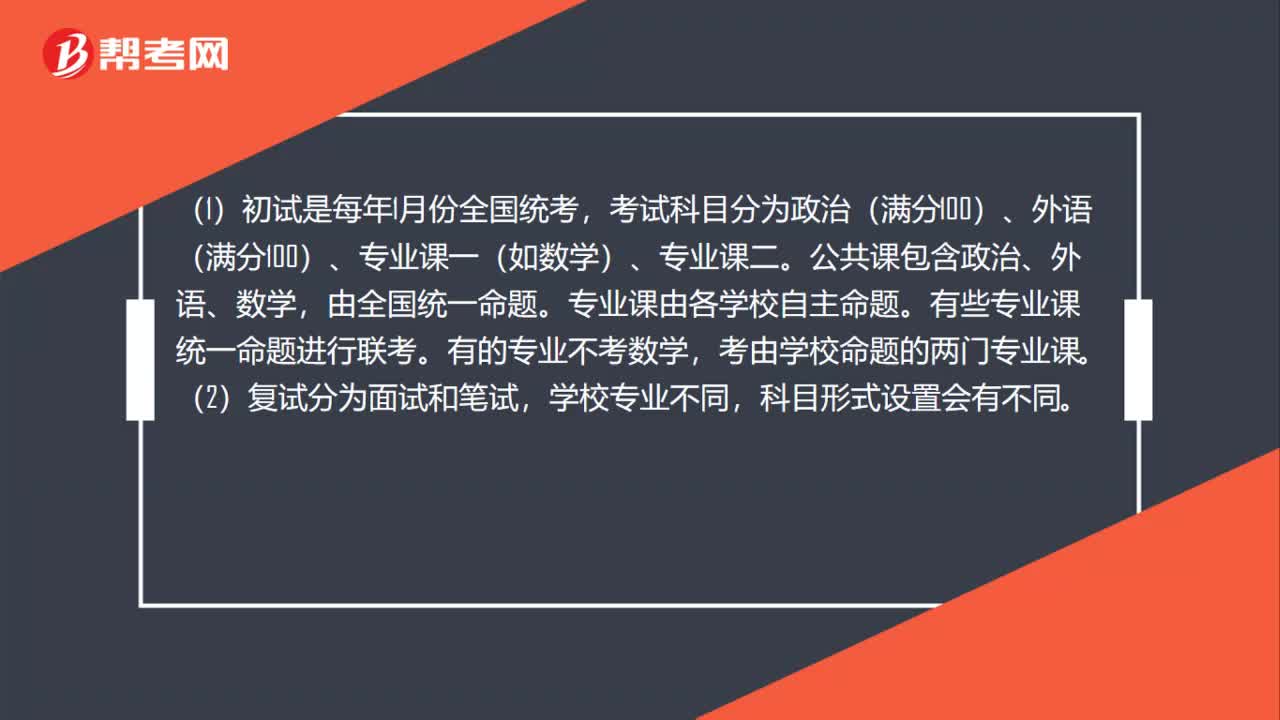 44
44研究生入学考试要考哪几门?:研究生入学考试要考哪几门?(1)初试是每年1月份全国统考,考试科目分为政治(满分100)、外语(满分100)、专业课一(如数学)、专业课二。公共课包含政治、外语、数学,由全国统一命题。专业课由各学校自主命题。有些专业课统一命题进行联考。有的专业不考数学,考由学校命题的两门专业课。(2)复试分为面试和笔试,学校专业不同,科目形式设置会有不同。
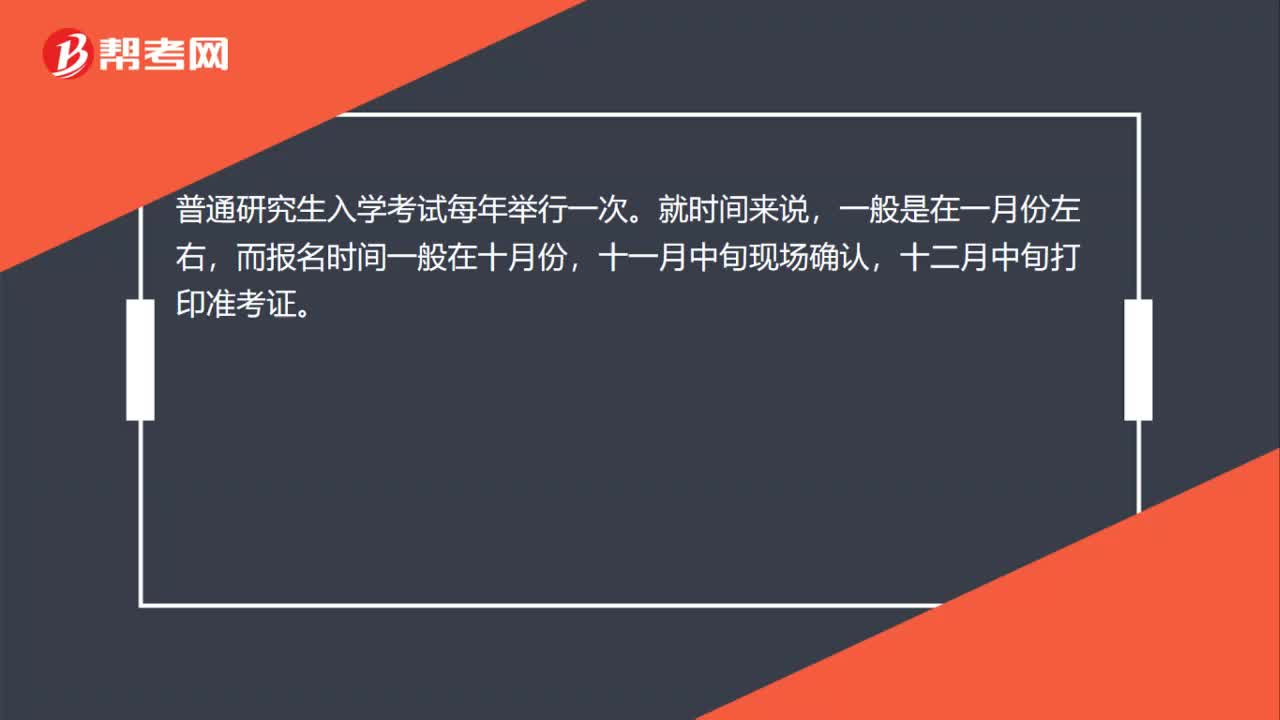 23
23普通研究生入学考试每年有几次?:普通研究生入学考试每年有几次?普通研究生入学考试每年举行一次。就时间来说,一般是在一月份左右,而报名时间一般在十月份,十一月中旬现场确认,十二月中旬打印准考证。
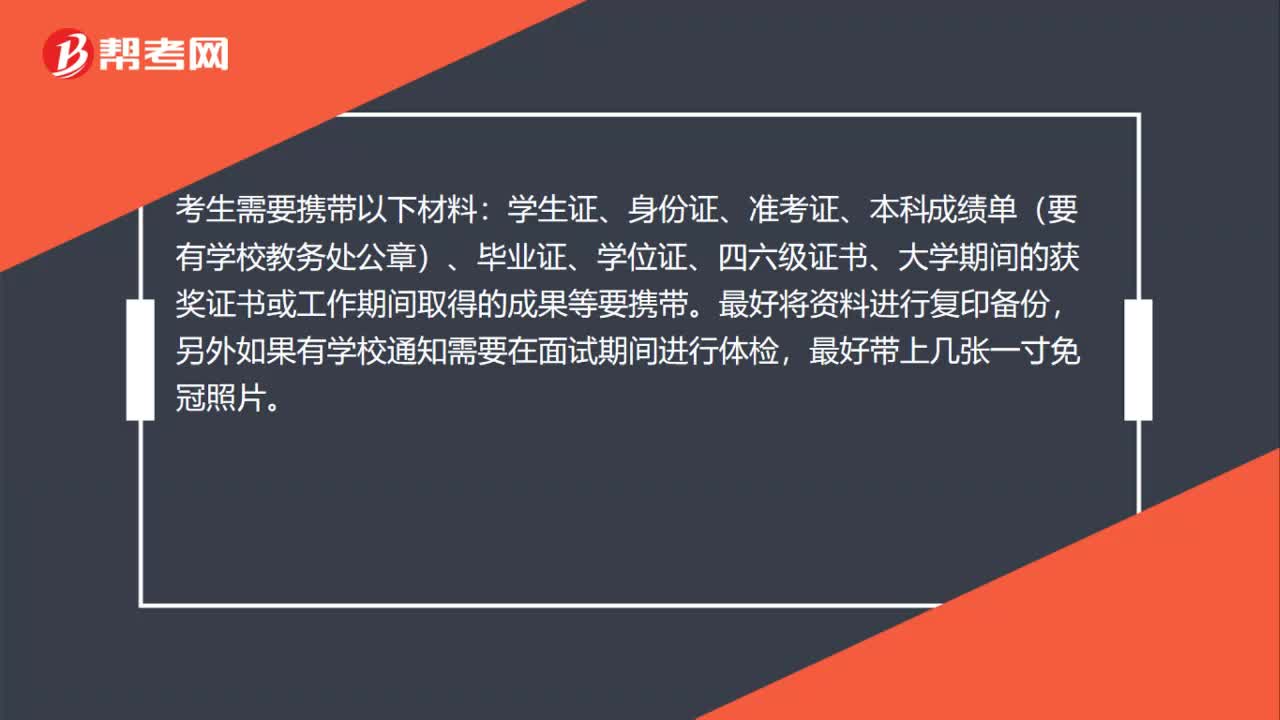 00:41
00:412020-06-06
 00:44
00:442020-06-06
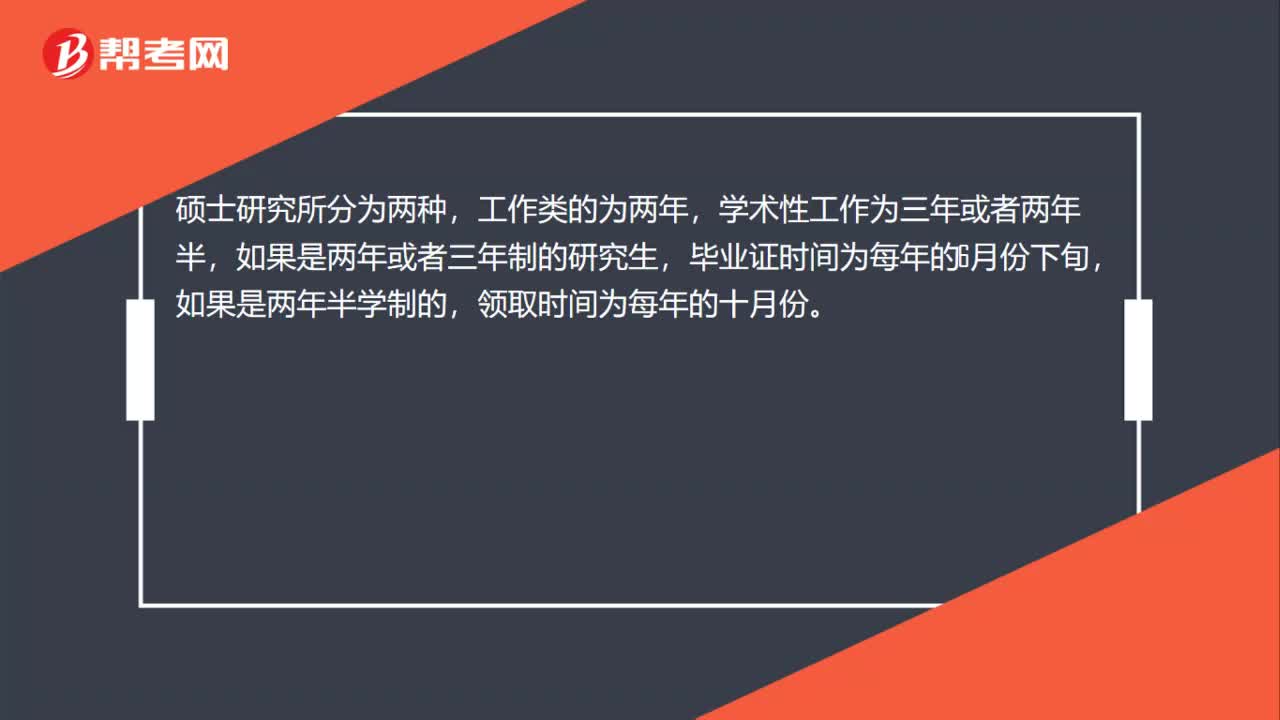 00:28
00:282020-06-06
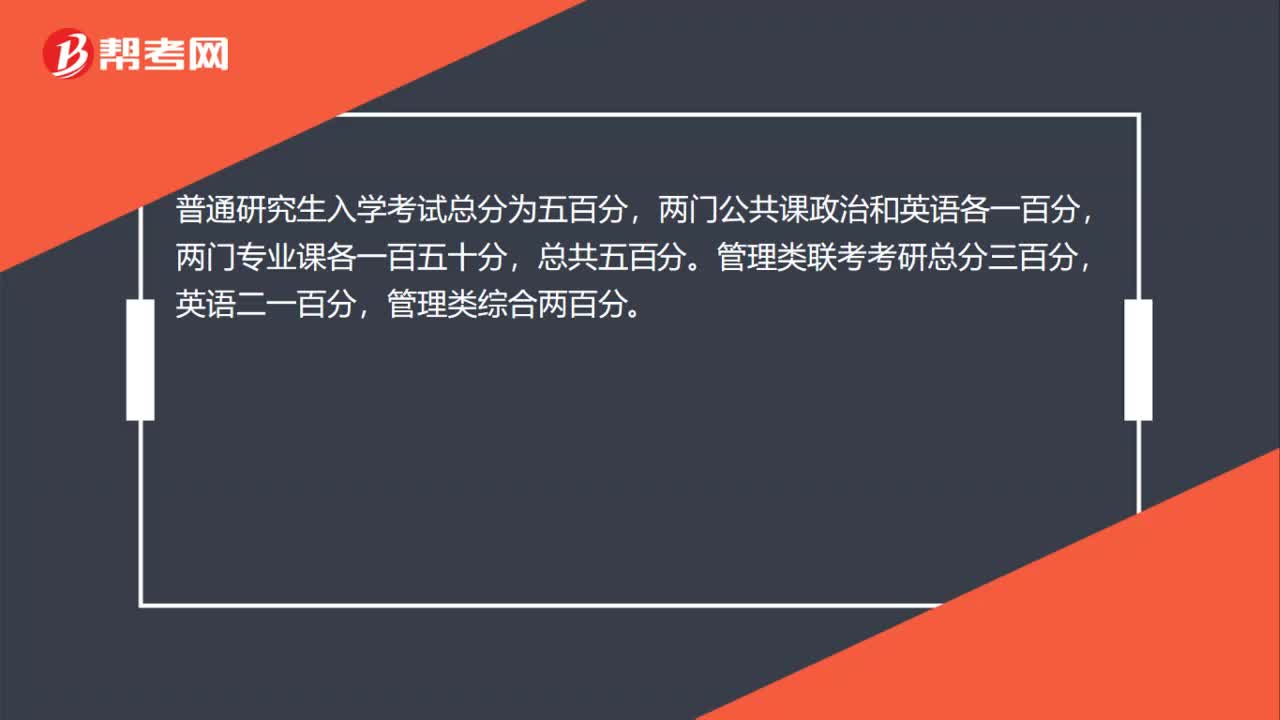 00:27
00:272020-06-06
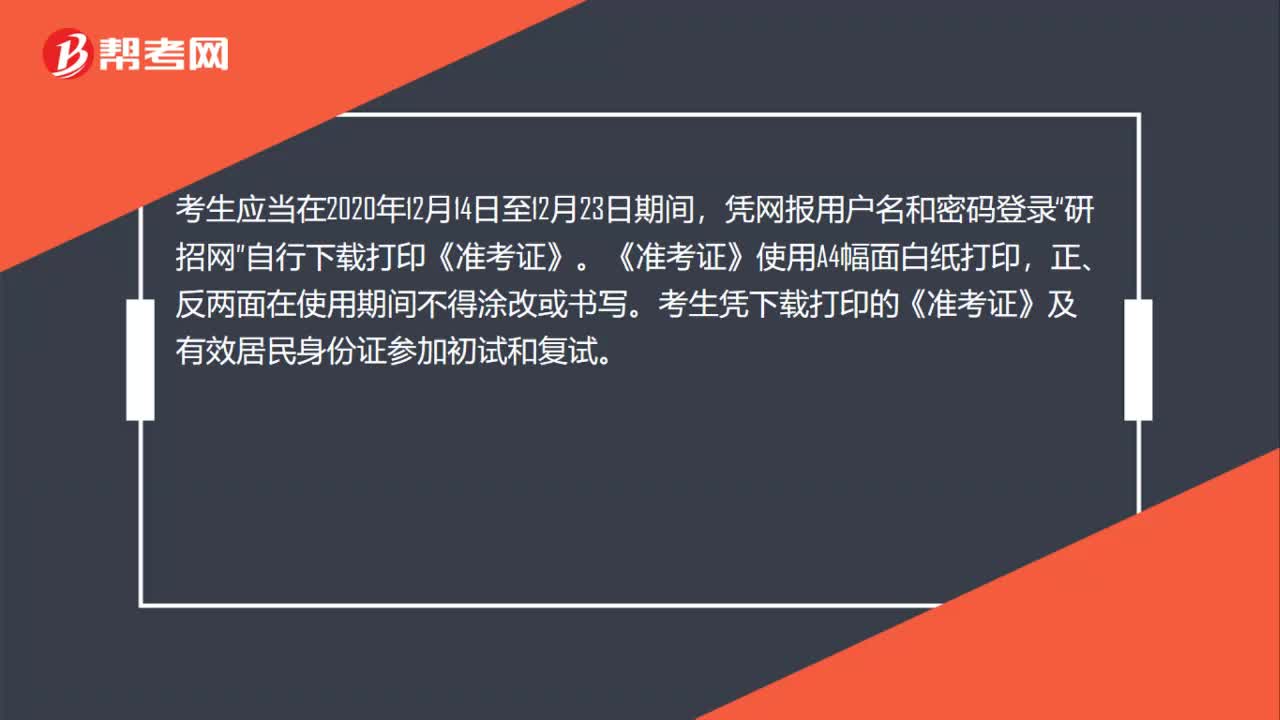 00:33
00:332020-06-06

微信扫码关注公众号
获取更多考试热门资料